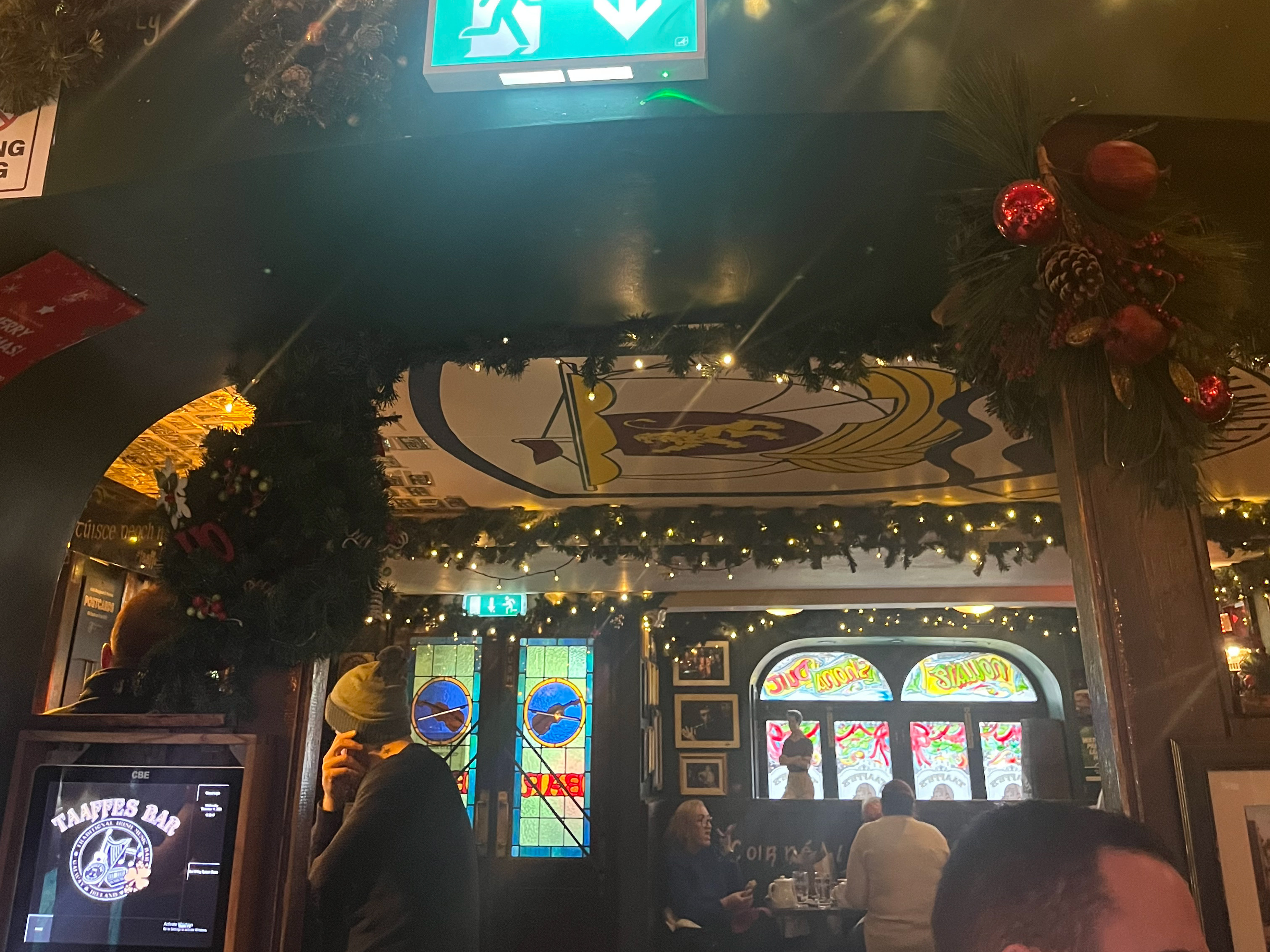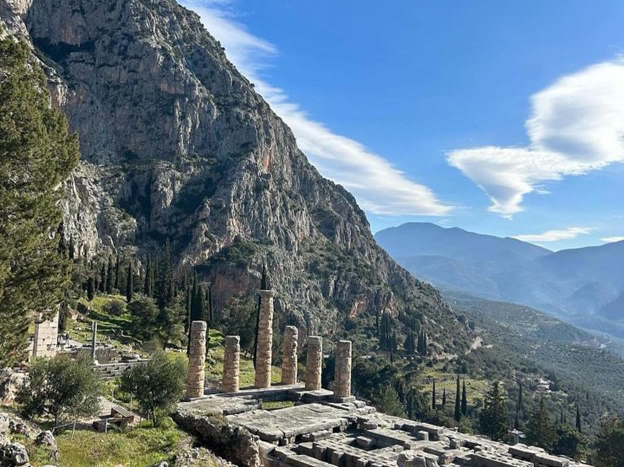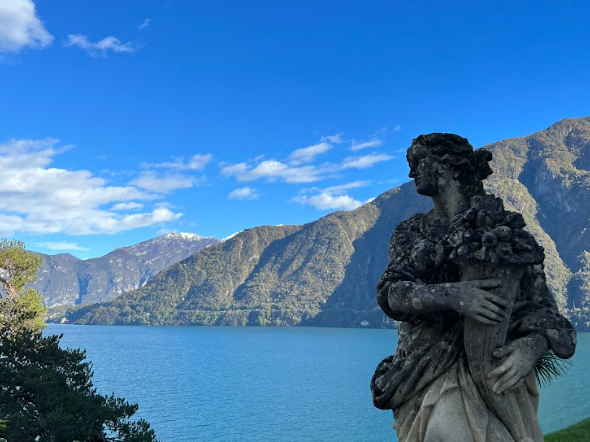Florence, Italy, is widely regarded as the birthplace of the Renaissance. The word "Renaissance" comes from the French term for "rebirth," symbolizing Europe's emergence from the Middle Ages into a period of revitalization in art, culture, music, and more.
Studying abroad in Florence allows students to witness this history firsthand. The Florence University of the Arts offers numerous courses and programs that explore this era, such as History of the Italian Renaissance and Early Renaissance Art, a short-term faculty-led experience. Beyond the classroom, students can immerse themselves in history simply by strolling through the city's historic center. Here are some of Florence’s most iconic Renaissance landmarks.
Brunelleschi’s Dome: A Marvel of Engineering
One of the most famous Renaissance landmarks is Brunelleschi’s Dome, crowning the Cathedral of Santa Maria del Fiore. Standing at 116 meters high, it remains the largest masonry dome ever constructed. Designed by Filippo Brunelleschi, the dome took 16 years to build due to its groundbreaking engineering and design. It became a powerful symbol of the Renaissance and inspired generations of architects.
Piazza della Signoria: The Heart of Renaissance Politics
Just a five-minute walk from the Duomo is Piazza della Signoria, Florence’s political center during the Renaissance. Here, you’ll find the Palazzo Vecchio, once the home of the influential Medici family. As wealthy bankers and rulers of Florence, the Medici played a pivotal role in the Renaissance by commissioning renowned works of art, music, and architecture. However, their authoritarian rule led to their exile from the city. Today, Palazzo Vecchio serves as Florence’s City Hall. In the piazza, visitors can admire famous statues, including those of Cosimo I de’ Medici, Hercules and Cacus, and a replica of Michelangelo’s David.
Galleria dell’Accademia: Home of Michelangelo’s David
No discussion of Renaissance art is complete without mentioning the Galleria dell’Accademia, home to some of the most iconic artworks of the era. Its most famous masterpiece is Michelangelo’s David. Originally a religious sculpture, David evolved into a powerful civic symbol for Florence. While the biblical story depicts David’s triumph over Goliath, the people of Florence saw the statue as a representation of their resilience against the Medici’s oppressive rule. Before being moved to the Galleria, the statue stood in Palazzo della Signoria, symbolizing Florentine strength and perseverance. Today, a replica remains in its original location near the Ponte Vecchio.
Experience Florence’s Rich History
While these highlights showcase Florence’s deep Renaissance heritage, there is much more to explore. If you are a student eager to learn more and experience this history for yourself, we encourage you to explore the academic programs available in Florence. Visit Global Fairfield’s website and check out more in the Global Stagbook to discover the opportunities awaiting you.





